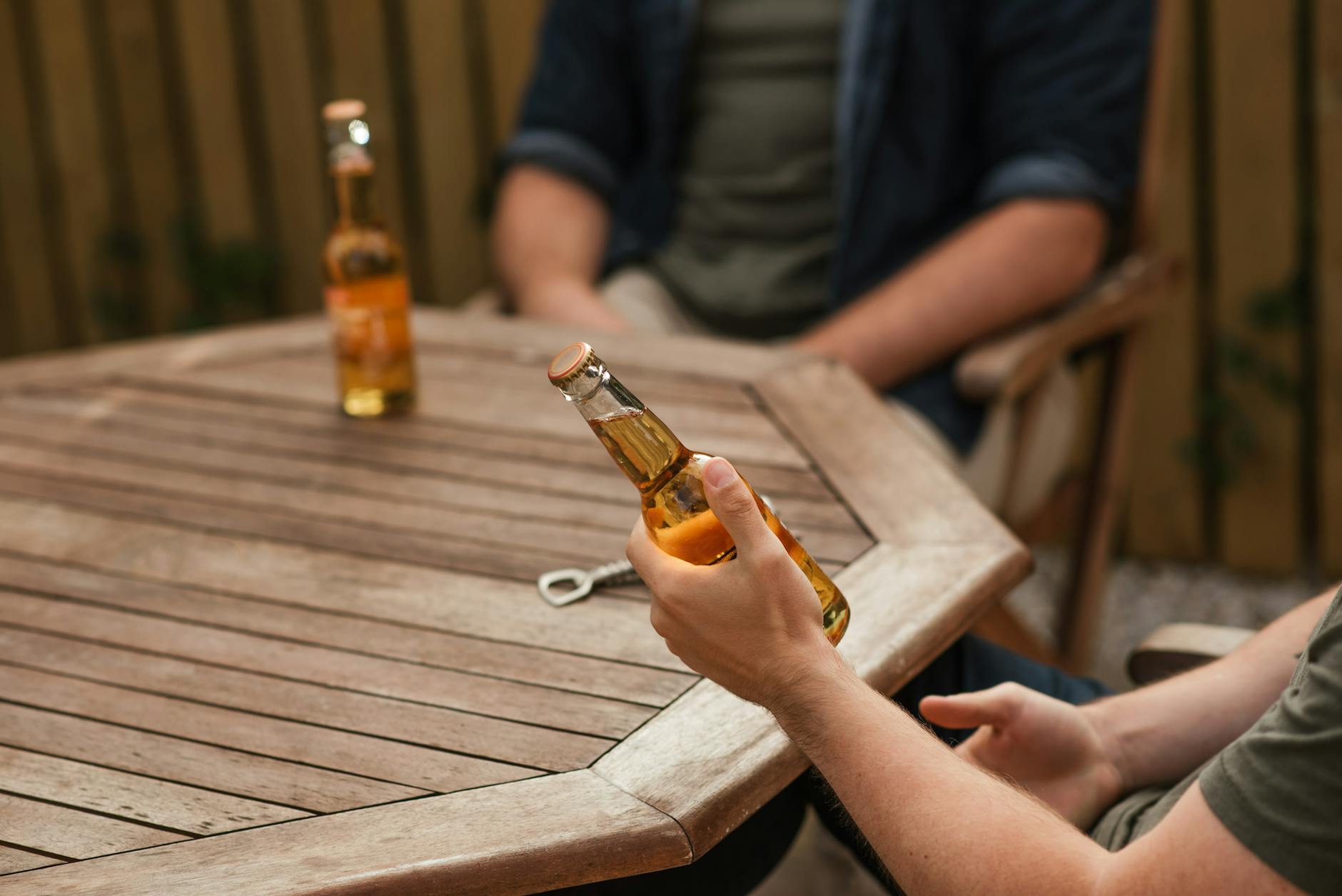Curious how many beers it takes to get tipsy? Uncover the boozy mystery and learn the science behind drinking thresholds.
Table of Contents
Have you ever found yourself pondering the age-old question: how many beers does it actually take to get drunk? Some people seem to have a higher tolerance for alcohol than others, leading to varying levels of intoxication after consuming the same amount of drinks. In this blog post, we will delve deep into the science behind alcohol metabolism, individual tolerance levels, and the numerous factors that influence how drunk you may feel after a few beers.
Alcohol Metabolism
When you consume a drink containing alcohol, it enters your bloodstream and is eventually metabolized by your liver. The rate at which your body breaks down alcohol can vary depending on several factors. Enzymes in the liver break down alcohol into acetaldehyde, a toxic substance that is further metabolized into harmless acetate and water. The process of alcohol metabolism occurs at a relatively constant rate, typically around one standard drink per hour.
However, certain factors can influence the rate of alcohol metabolism. One such factor is genetics. Some people have variations in the genes that encode alcohol-metabolizing enzymes, which can impact how quickly they process alcohol. Additionally, the type of alcohol consumed can also affect metabolism, as beverages with higher alcohol content may be metabolized more slowly.
Blood Alcohol Concentration (BAC) is a measurement of the amount of alcohol in your bloodstream. As your BAC increases, so does your level of intoxication. Factors such as body weight, age, and gender can all influence how alcohol affects you. Generally, a higher body weight may lead to a lower BAC, as the alcohol is dispersed throughout a larger volume of body water. Age can also play a role, as aging tends to decrease the body’s ability to metabolize alcohol efficiently.
Individual Tolerance Levels
Individual tolerance levels for alcohol can vary widely. Genetics play a significant role in alcohol tolerance, as some people may have a genetic predisposition to metabolize alcohol more efficiently. However, other factors such as body weight, age, and gender also contribute to an individual’s tolerance level. In general, men tend to have a higher tolerance for alcohol than women, as they typically have more body water to dilute the alcohol.
Regular alcohol consumption can also impact tolerance levels. Over time, the body may adapt to frequent alcohol consumption, leading to a higher tolerance and the need to consume more alcohol to achieve the same level of intoxication. However, it is essential to remember that increasing tolerance to alcohol does not reduce the risks associated with heavy drinking.
Influencing Factors
Several factors can influence how many beers it takes to get drunk. One such factor is food consumption. Eating a meal before drinking can slow down the absorption of alcohol into the bloodstream, potentially reducing the effects of intoxication. Mixing different types of alcohol can also impact intoxication levels, as beverages with higher alcohol content can increase your BAC more quickly.

Image courtesy of www.rosewoodrecovery.com via Google Images
Psychological factors can also play a role in how drunk you feel after consuming alcohol. Your mood, surroundings, and expectations can all influence your perception of intoxication. Some people may feel more intoxicated in certain social settings or when experiencing specific emotions, even if they have consumed the same amount of alcohol as in other situations.
Conclusion
Understanding how many beers it takes to get drunk is a complex interplay of numerous factors, including alcohol metabolism, individual tolerance levels, and influencing factors such as food consumption and mental state. It is essential to drink responsibly and know your limits to avoid the risks associated with excessive alcohol consumption. By being aware of the science behind intoxication, you can make informed choices about your alcohol consumption and prioritize your health and safety.
FAQ
How many beers does it take to get drunk?
The number of beers needed to get drunk varies based on factors like alcohol metabolism, individual tolerance levels, and influencing factors. Generally, it can take anywhere from 3 to 5 beers for someone with average tolerance to feel intoxicated.
Can genetics influence how alcohol affects a person’s tolerance?
Yes, genetics can play a significant role in alcohol tolerance. Variations in genes encoding alcohol-metabolizing enzymes can impact how quickly a person processes alcohol, affecting their tolerance levels and how drunk they may feel after consuming drinks.
How does food consumption affect alcohol intoxication?
Eating a meal before drinking can slow down the absorption of alcohol into the bloodstream, potentially reducing the effects of intoxication. This is because food can help to delay the release of alcohol into the bloodstream, leading to a slower increase in Blood Alcohol Concentration (BAC).
What psychological factors can influence how drunk a person feels?
Psychological factors such as mood, surroundings, and expectations can influence a person’s perception of intoxication. Some individuals may feel more intoxicated in certain social settings or emotional states, even if they have consumed the same amount of alcohol as in other situations. These factors can contribute to varying experiences of drunkenness.
Generated by Texta.ai Blog Automation


Leave a Reply